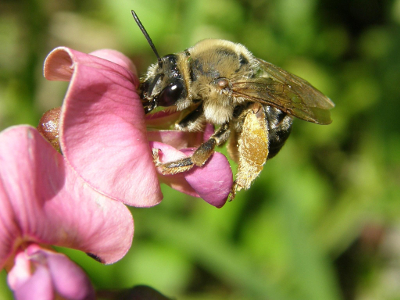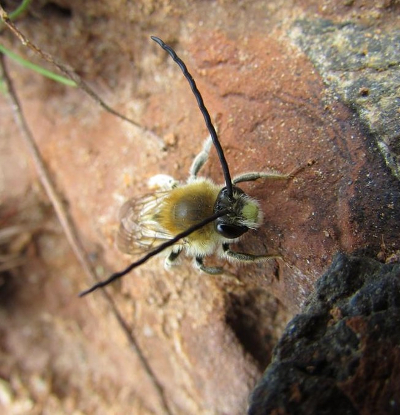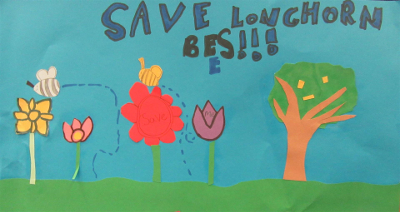

Kernow Ecology is working as a partnership with local landowners, National Trust, East Looe Town Trust, Trythall school, Wheal Buzzy Project and others to help conserve The Long-horned bee in Cornwall. The project is kindly supported by the the Mohamed bin Zayed Species Conservation Fund.
In 2016 over 1000 wildflower plugs were grown by Kernow Ecology and planted on 4 sites of total 4 ha. Between 2018 and 2019 the survey work found 3 new sites. The Long-horned bee is nationally scarce and a BAP priority species.
The population of Cornish Long-horned Bee has declined from 24 to just 11 sites (55% decrease). The key sites have all been assessed as vulnerable.
The greatest threat is limited foraging resources. Flowering Legumes are rare, either through abandonment of cliff-top grazing, summer grazing or intensive agriculture.
Further threats are increased extreme winter storm events, resulting in nest site destruction and loss of flower-rich coastal edge habitats.
A narrow range of Legume (Fabaceae) species dominated foraging visits and pollen samples. Mainly Kidney vetch, Everlasting Pea, Meadow vetchling and White clover. The study found that the bee does use pollen from other plant families but it is suspected this is caused by lack of preferred Legumes.
Continuity of flowering Legume species are needed for 3 - 6 weeks. Within the peak foraging period of about 3 weeks, the bee requires both early flowering Legumes and late flowering Legumes. Most Cornish sites had one or the other, rather than both.
The bee generally uses south facing soft clay or loess cliffs for nesting, although other aspects can be used. The bee creates substantial nests and may be reluctant to invest in creating new nest networks. This could make the bee less adaptable and more vulnerable to coastal erosion.
Foraging range is estimated at 700m. This was backed up in 2018, one marked female was observed by Bernard to return to the nest 600m away.
Summer (May to August) grazing or cutting should not take place on flowering Legume habitats within 0m to 700m of nest sites.
Create or boost areas of mass flowering vetches 'super-peas', ideally mainly Meadow vetchling with a mix of Everlasting pea, Common Vetch and Bush vetch to extend flowering period.
White clover could be useful but needs to be used in combination with other habitats rich in Kidney vetch.

Long-horned bee (Eucera longicornis) female foraging on everlasting pea

Male long-horned bee

Annotated graph of total bee numbers on key foraging plants recorded during the survey


Artwork Thanks to Trythall School